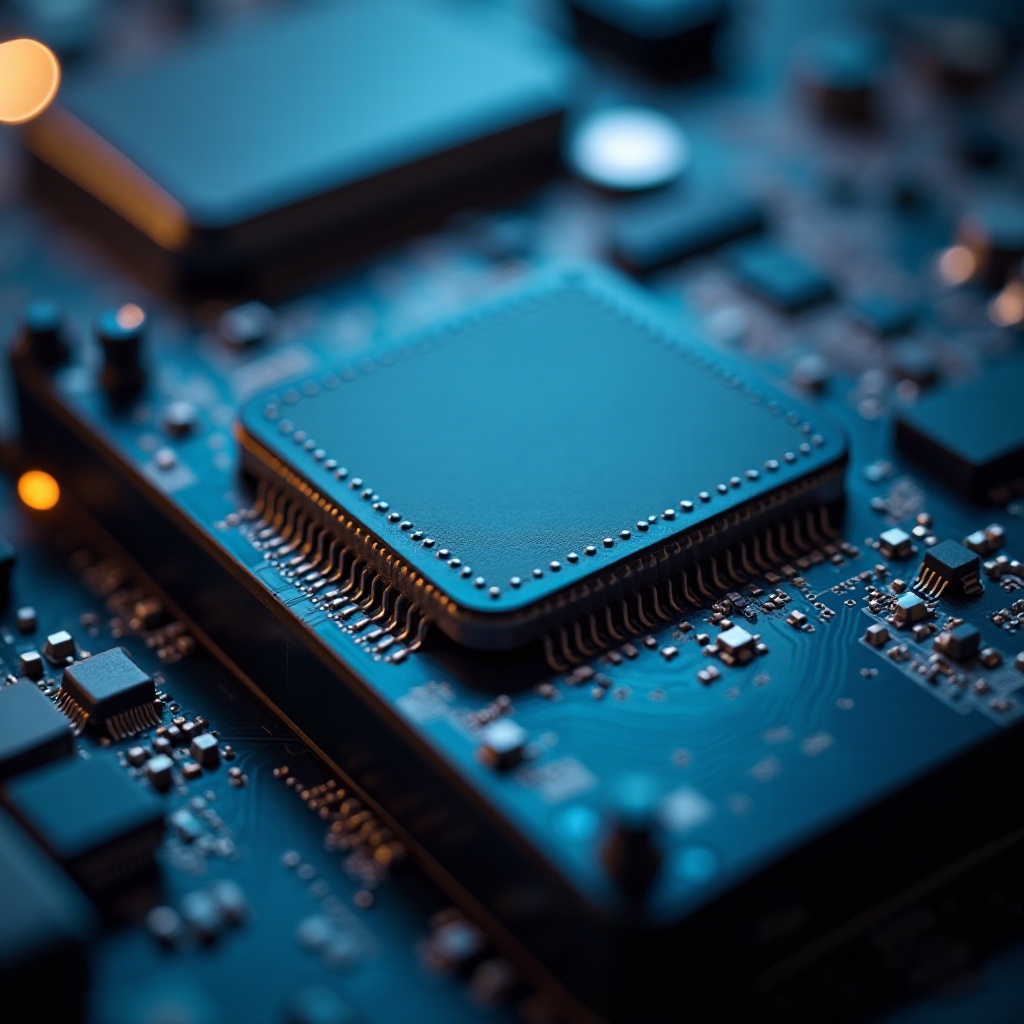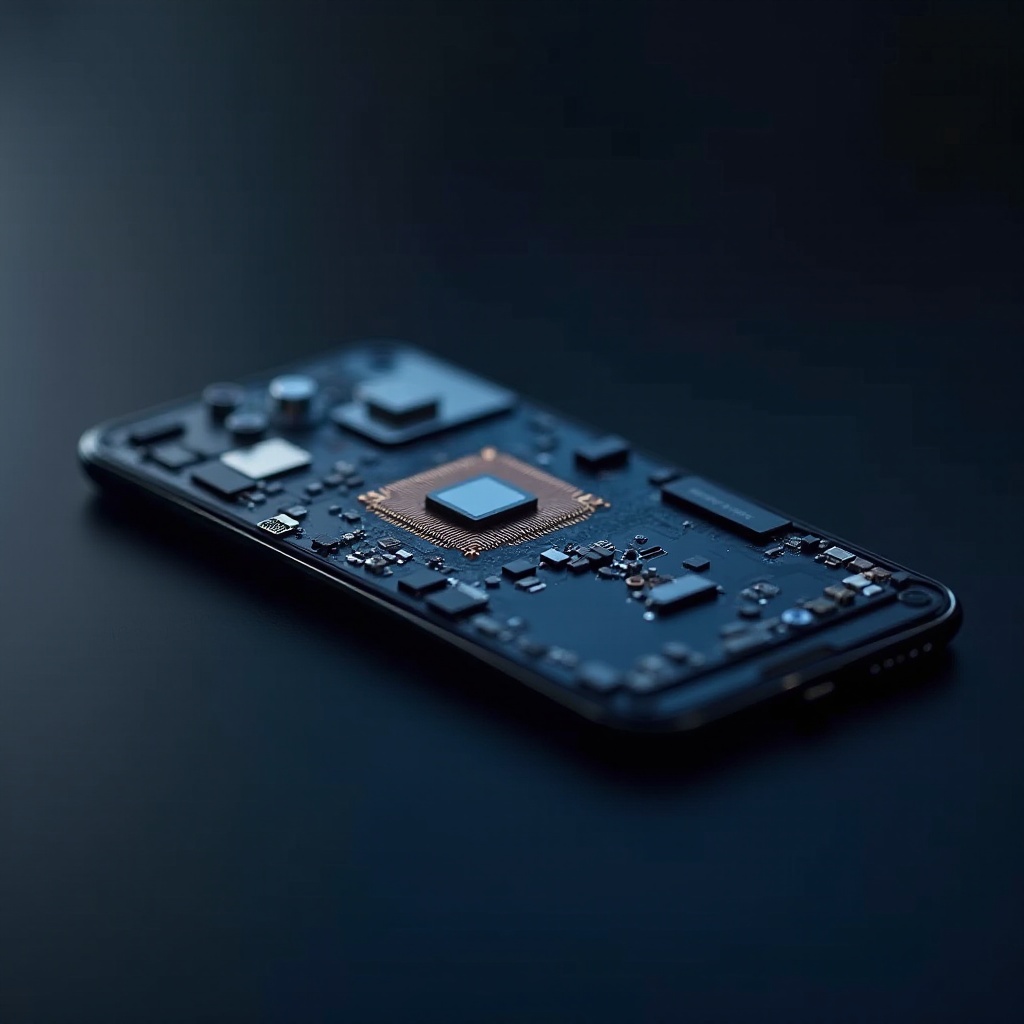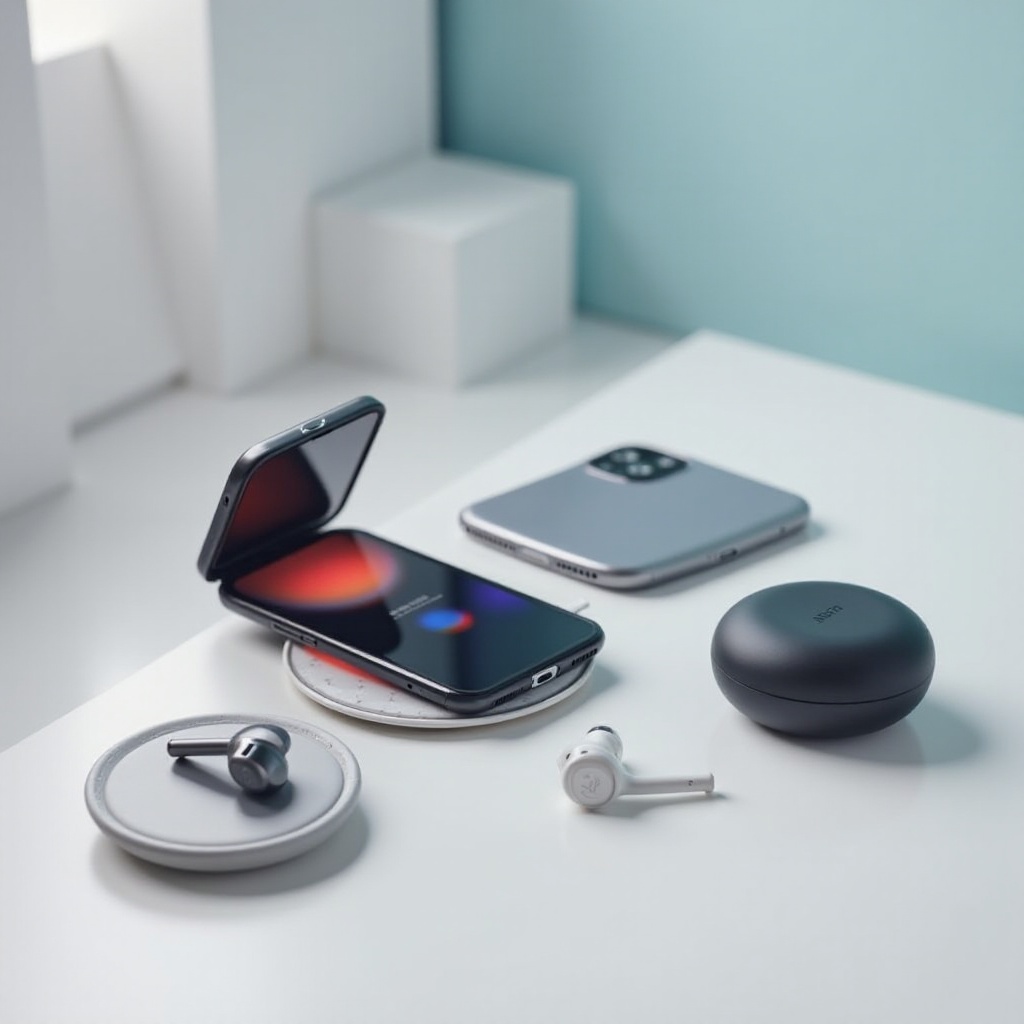Introduction
The processor, often referred to as the CPU (Central Processing Unit), is the brain of a mobile phone. It is responsible for executing instructions and managing tasks, ensuring that your device runs smoothly and efficiently. Without the processor, your phone wouldn’t be able to perform even the most basic functions. Understanding how mobile processors work can help you make informed decisions when choosing a new device.

How Mobile Processors Work
Mobile processors, like those in computers, execute instructions from various programs and applications. They consist of multiple cores, each capable of handling different tasks simultaneously. This multitasking effect allows for smoother operations and efficient performance.
Primarily, a mobile processor fetches, decodes, executes, and writes back instructions. Fetching involves retrieving an instruction from the phone’s memory. The processor then decodes the instruction to understand what action is required. Execution carries out the instruction, and finally, the result is written back to memory or an output device. This cycle occurs millions of times per second, enabling the rapid functionality we expect from modern smartphones.
Structure of a Mobile Processor
The architecture of a mobile processor is a complex amalgamation of various components designed to optimize performance while conserving battery life. Let’s break down its primary components:
-
Cores: The processor is divided into multiple cores. Modern processors may have two (dual-core), four (quad-core), or more cores. More cores can enhance multitasking capabilities.
-
Cache: This is a small amount of extremely fast memory located within the processor. It temporarily stores frequently accessed data to speed up processing tasks.
-
Clock Speed: Clock speed, measured in GHz, determines how many cycles a processor can perform per second. Higher clock speeds generally mean faster processing but also higher power consumption.
-
GPU (Graphics Processing Unit): Integrated within the processor, the GPU handles rendering images and videos. A powerful GPU is essential for gaming and watching high-definition videos.
-
ISP (Image Signal Processor): This component processes data from the phone’s camera, enhancing image and video quality.
-
DSP (Digital Signal Processor): DSPs are specialized for handling various audio, voice, and other signal processing tasks.
Types of Mobile Processors
Understanding the various types of mobile processors can guide your decision-making process when selecting a phone. They can be classified into several types based on their architecture and usage:
-
ARM-based Processors: These are the most common and are designed for power efficiency. Examples include Qualcomm Snapdragon and Apple A-series.
-
x86-based Processors: Less common but used in some high-performance mobile devices. Intel Atom is an example.
-
Custom Processors: Some manufacturers design custom processors tailored for their devices, like Apple’s A-series chips.
Leading Mobile Processor Manufacturers
A few key players dominate the mobile processor market, each bringing unique strengths to their products.
-
Qualcomm: Known for its Snapdragon series, Qualcomm processors are renowned for their balance of performance, power efficiency, and advanced features.
-
Apple: Apple designs its processors, such as the A14 Bionic, specifically for iPhones. These chips are highly optimized for performance and efficiency.
-
Samsung: The Exynos series from Samsung powers its flagship Galaxy phones. These processors offer competitive performance and are continually improving.
-
MediaTek: MediaTek’s Dimensity series has become increasingly popular, offering high performance at a more affordable price point.
-
Huawei: The Kirin series, developed by Huawei, is known for its advanced AI capabilities and excellent performance.
Performance Factors and Benchmarking
Several factors influence the performance of mobile processors:
-
Core Count: More cores can mean better multitasking capabilities, but this also depends on the efficiency of core usage.
-
Clock Speed: Higher clock speeds often translate to faster performance but can result in higher energy consumption.
-
Thermal Management: Efficient heat dissipation mechanisms prevent overheating and maintain performance.
-
Benchmarking: Benchmarks like AnTuTu, Geekbench, and 3DMark are used to measure and compare the performance of different processors. These tools evaluate the CPU, GPU, and overall system performance, providing a comprehensive performance score.

Consumer Guide to Choosing the Right Processor
Choosing the right processor for your needs involves several considerations:
-
Usage: For gaming or multimedia, opt for a high-performance processor with a powerful GPU, such as Snapdragon 8 series or Apple A-series.
-
Battery Life: If battery life is a priority, consider processors known for power efficiency, like those from the Qualcomm Snapdragon 700 series.
-
Budget: Mid-range processors, like those from MediaTek, can offer excellent performance without the premium price.

Future Trends in Mobile Processors
As we look to the future, several trends are set to shape the landscape of mobile processors:
-
5G Integration: Enhanced support for 5G networks will continue to improve connectivity and data speeds.
-
AI Enhancements: Increased focus on AI capabilities will enable smarter, more intuitive devices.
-
Energy Efficiency: Ongoing advancements will further optimize energy consumption, enhancing battery life.
-
Advanced Manufacturing: Smaller process nodes, such as 5nm and 3nm, will enhance performance and efficiency.
Conclusion
Understanding mobile processors is crucial for choosing the right smartphone. From their intricate architecture to identifying leading manufacturers, knowing what makes a processor tick can significantly influence your buying decision. Stay informed and select a device that best meets your performance, efficiency, and budget needs.
Frequently Asked Questions
What is the best mobile processor currently available?
The best mobile processor frequently changes, but as of now, Apple’s A15 Bionic and Qualcomm’s Snapdragon 888 are among the top contenders.
How do mobile processors impact battery life?
Efficient processors manage tasks with less power, extending battery life. High-performance processors may consume more power, reducing battery duration.
Are more cores always better in mobile processors?
Not necessarily. While more cores can improve multitasking, the efficiency of core usage and the balance of other components are also critical.


